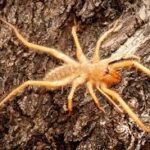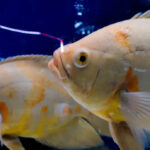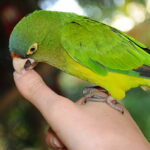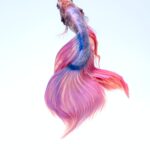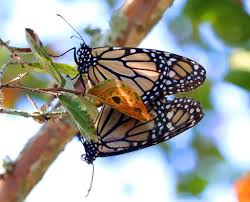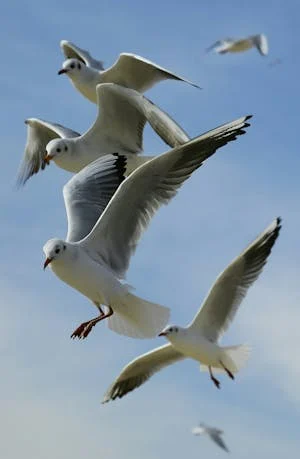Birds Types are among the most fascinating creatures on Earth. With over 10,000 species, they inhabit almost every corner of our planet, from the icy tundra to dense rainforests. Understanding the different types of birds is not just a hobby but a gateway to appreciating the complexity and beauty of our natural world. In this article, we will explore various bird types, their characteristics, and how you can observe and enjoy them. This guide will provide a step-by-step approach to identifying and understanding bird species, making it easier for beginners and seasoned bird watchers alike.
Table of Contents
Introduction to Bird Types
With their diverse sizes, colors, and behaviors, have always captured human imagination. From the smallest hummingbird to the giant ostrich, each type offers unique insights into the natural world. They are classified scientifically into various categories, making it easier to study and understand their relationships and differences.
Bird Classification
Understanding the classification is essential for anyone interested in watching or ornithology. The scientific classification system categorizes them into hierarchical groups, making it easier to identify and study them.
Order
The first level of classification is the order, which groups based on general characteristics and evolutionary traits. There are about 40 orders . Some well-known orders include:
- Passeriformes (perching or songbirds)
- Falconiformes ( prey)
- Anseriformes (waterfowl)
Family
Within each order, are further divided into families. A family groups that share more specific characteristics and are more closely related. For example:
- The Accipitridae family includes hawks, eagles, and kites.
- The Parulidae family includes the New World warblers.
Genus and Species

The most specific levels of classification are genus and species. The genus is a way to group species that are very similar to each other. A species is the most specific classification, identifying individual . For example:
- The Bald Eagle’s scientific name is Haliaeetus leucocephalus, where Haliaeetus is the genus, and leucocephalus is the species.
Major Bird Groups
Often grouped into categories based on their habitats and behaviors. Here are some of the major bird groups and their characteristics.
Waterfowl
Waterfowl include ducks, geese, and swans. These are typically found near water bodies like lakes, rivers, and marshes. They have webbed feet for swimming and flattened bills for filtering food from the water. Examples include the Mallard Duck and the Canada Goose.
Raptors
Raptors are of prey and include eagles, hawks, and owls. They are known for their sharp talons and beaks, keen eyesight, and hunting prowess. Raptors can be found in various habitats, from forests to grasslands. The Bald Eagle and the Red-tailed Hawk are well-known raptors.
Songbirds
Song, or passerines, are the largest group . They are known for their vocal abilities and include species like sparrows, finches, and robins. Songbirds are found worldwide and are often seen in gardens and forests. Examples include the American Robin and the House Sparrow.
Seabirds
Sea are adapted to life primarily at sea and include species like albatrosses, gulls, and puffins. They have specialized adaptations for diving, swimming, and feeding in marine environments. The Herring Gull and the Atlantic Puffin are examples of sea.
Woodpeckers
Woodpeckers are known for their distinctive behavior of pecking at wood to find insects and create nesting cavities. They have strong beaks and specialized skulls to absorb the impact. Examples include the Downy Woodpecker and the Pileated Woodpecker.
Watching Tips
Watching is a popular hobby that involves observing in their natural habitats. Here are some tips to help you get started.
Equipment Needed

- Binoculars: A good pair of binoculars is essential for watching. Look for ones with magnification between 8x and 10x.
- Field Guide: A field guide helps you identify different species. Choose one specific to your region.
- Notebook: Keep a notebook to record your observations and notes you see.
- Camera: A camera with a good zoom lens can help you capture images for further study.
Best Locations
They can be found in a variety of habitats. Some of the best locations for watching include:
- Nature Reserves: Protected areas often have a high diversity of species.
- Wetlands: Marshes and swamps are great places to observe waterfowl and wading .
- Forests: Woodlands provide habitats for many songbirds and woodpeckers.
- Coastlines: Beaches and cliffs are ideal for spotting them.
Watching Etiquette
- Respect Wildlife: Keep a respectful distance from them to avoid disturbing them.
- Stay Quiet: They can be easily scared away by loud noises.
- Leave No Trace: Ensure you do not leave litter or damage habitats while watching.
- Follow Local Guidelines: Some areas have specific rules for watchers. Always follow them.
More on Understanding and Appreciating Different Types
Mythology and Culture
They have played a significant role in mythology and culture throughout human history. They are often seen as symbols of freedom, transcendence, and the link between heaven and earth. For example, in ancient Egypt, the ibis was sacred to Thoth, the god of wisdom. Similarly, the owl is associated with Athena, the Greek goddess of wisdom. Understanding these cultural connections can deepen your appreciation of birds beyond their biological aspects.
Unique Behaviors
They exhibit a wide range of behaviors that can be intriguing to observe. For example, some species engage in elaborate courtship rituals. The male of Paradise, found in New Guinea, perform complex dances and displays to attract females. Similarly, Bower create intricate structures decorated with colorful objects to woo potential mates. Observing these behaviors can add a layer of excitement and discovery to watching.
Citizen Science and Bird Watching
Citizen science projects have become an essential part of conservation and study. By participating in projects like the Great Backyard Count or contributing data to platforms , watchers can help scientists track,s populations and behaviors over time. These contributions are invaluable for conservation efforts, providing data that can lead to better protection measures and policies.
Photography
Photography is a popular aspect of watching, combining the joy of observing with the art of capturing their beauty. To get started, you will need a camera with a good zoom lens and some patience. Practice taking photos in different lighting conditions and angles to capture the best shots. Photographing birds not only allows you to share your sightings with others but also helps in documenting and identifying species.
Creating a – Friendly Environment
If you are keen on attract them your backyard, creating a bird-friendly environment is crucial. Start by planting native plants that provide food and shelter. feeders and baths can also attract various species. Additionally, installing nest boxes can encourage birds to breed in your garden. Ensure that your bird-friendly environment is safe by keeping cats indoors and minimizing the use of pesticides.
Ethical Watching
Ethical watching is about respecting and their habitats. Avoid disturbing nesting sites or feeding areas, and follow local guidelines for interacting with wildlife. Use binoculars or spotting scopes to observe birds from a distance. Additionally, when photographing , ensure that you do not disrupt their natural behaviors. Ethical practices ensure that they remain safe and that their habitats are preserved for future generations.
Role in Ecosystems
They play vital roles in ecosystems as pollinators, seed dispersers, and pest controllers. For instance, hummingbirds pollinate flowers while feeding on nectar, and like the Clark’s Nutcracker help spread the seeds of pine trees. Raptors control rodent populations, and insectivorous birds keep insect numbers in check. Understanding these roles highlights the importance of birds in maintaining ecological balance.
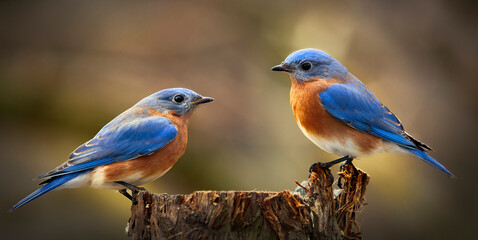
Getting Involved in Conservation
There are many ways to get involved in conservation beyond individual efforts. Joining local clubs or conservation groups can provide opportunities to participate in habitat restoration projects, educational programs, and advocacy campaigns. Supporting policies that protect their habitats and reduce threats like climate change and pollution can also make a significant impact.
By diving deeper into these aspects, you can expand your knowledge and appreciation of birds, making your bird watching experience even more en-friendly environment, there are countless ways to engage with and protect these fascinating creatures.
Conservation
- Support Conservation Organizations: Donate to or volunteer with organizations that work to protect birds and their habitats.
- Create Friendly Habitats: Plant native trees and shrubs in your garden to provide food and shelter .
Conclusion
They are a diverse and fascinating group of animals that offer endless opportunities for study and enjoyment. By understanding the different types and their characteristics, you can deepen your appreciation for these remarkable creatures. Whether you are a beginner or an experienced bird watcher, there is always something new to learn and discover in the world of birds. Get out there, enjoy nature, and happy life !














